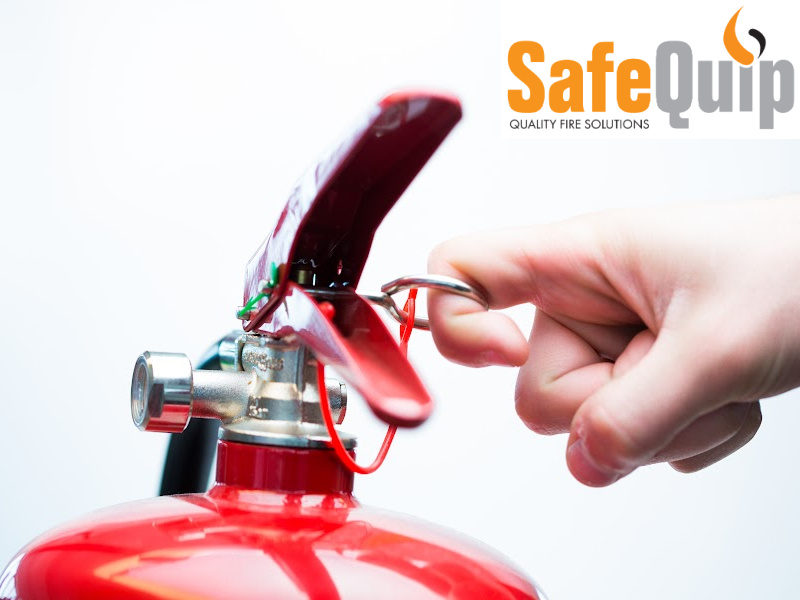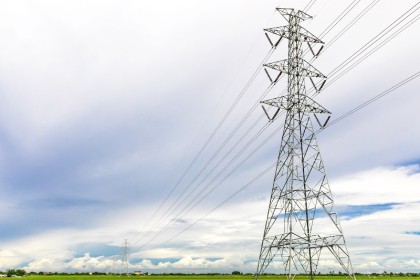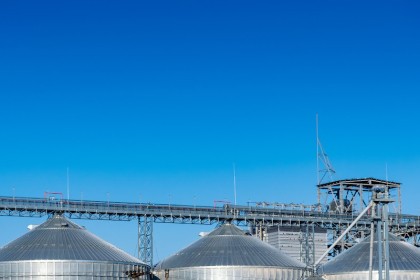
The Different Types of Fires: Understanding Fire Classification and Fire Extinguishers
Fire is a powerful force of nature that has the power to both shape our world and bring it to its knees. According to SafeQuip, a leading distributor of fire-related equipment, understanding the different types of fires and how to combat them is essential for safety and protection.
What is Fire and Its Elements?
Fire is a rapid chemical reaction between oxygen in the air and a fuel source, typically accompanied by the release of heat, light, and various gases.
Classification of Fires
Fires are classified into different categories based on the type of fuel involved.
Class A Fires: These fires involve ordinary combustible materials such as wood, paper, cloth, and plastics.
Class B Fires: Class B fires are fuelled by flammable liquids or gases, including gasoline, oil, propane, and alcohol.
Class C Fires: Class C fires involve energised electrical equipment, such as wiring, appliances, and electrical panels.
Class D Fires: Class D fires consist of combustible metals like magnesium, sodium, and potassium.
Class F Fires: Class F fires are kitchen fires that involve cooking oils, fats, and greases.
Lithium-ion Battery Fires: Currently lithium-ion batteries do not have a separate fire class, but internationally extensive research is being conducted to clearly define such a category due to the risk involved with such fires. When lithium-ion batteries are damaged or become unstable they have the potential to overheat. This can result in a highly volatile fire that spreads rapidly (thermal runaway), has the tendency to re-ignite, and proves challenging to extinguish. Conventional fire extinguishers are ineffective in extinguishing lithium-ion battery fires.
Different Types of Fire Extinguishers
Selecting the right extinguisher can make a significant difference in controlling, suppressing and extinguishing fires effectively.
Water Fire Extinguishers
Water fire extinguishers are effective for Class A fires. Water cools the flames and removes the heat element from the fire triangle.
Carbon Dioxide Fire Extinguishers
CO2 fire extinguishers are suitable for Class B and Class C fires. They work by displacing oxygen and cooling the fire.
Powder Fire Extinguishers
Powder fire extinguishers are effective for Class A, Class B, and Class C fires. They contain a dry chemical powder that smothers the fire by interrupting the combustion process.
Foam Fire Extinguishers
Foam fire extinguishers are ideal for Class A and Class B fires. They create a layer of foam that seals the surface, smothers the flames, and prevents re-ignition.
Wet Chemical Fire Extinguishers
Wet chemical fire extinguishers are designed for Class F fires. They use a special potassium-based solution to cool and suppress the fire, while also reacting with the fats to form a soap-like substance that seals the surface.
Lithex-Ex Fire Extinguishers
Lithex-Ex Fire Extinguishers contain AVD – an agent specifically designed for lithium-ion battery fires. AVD is made from the naturally occurring mineral vermiculite combined with water. It is a very effective agent that, cools, encapsulate, prevents propagation, prevents re-ignition and extinguishes lithium-ion battery fires. The AVD is applied as a mist and the water content knocks down the flames and cools adjacent cells. As the water evaporates, AVD forms a film over the cells, isolating the fuel source, reducing thermal propagation and acting as oxygen barrier.
SafeQuip remains dedicated to elevating fire safety standards in South Africa and worldwide, ensuring the effective mitigation of lithium-ion battery fire risks.
For more information about SafeQuip, visit the website: www.safequip.co.za and join the conversations on Facebook and LinkedIn.












